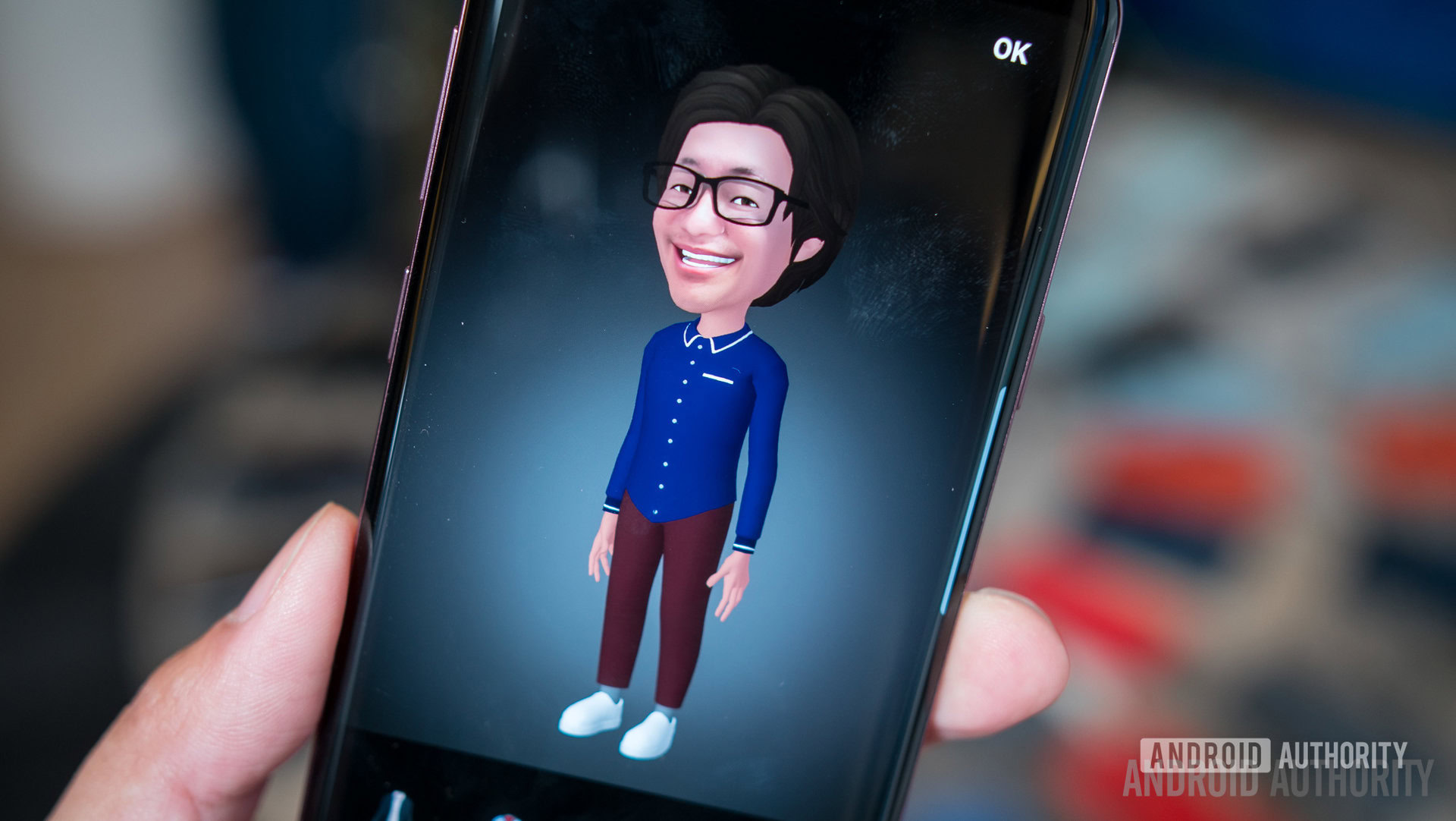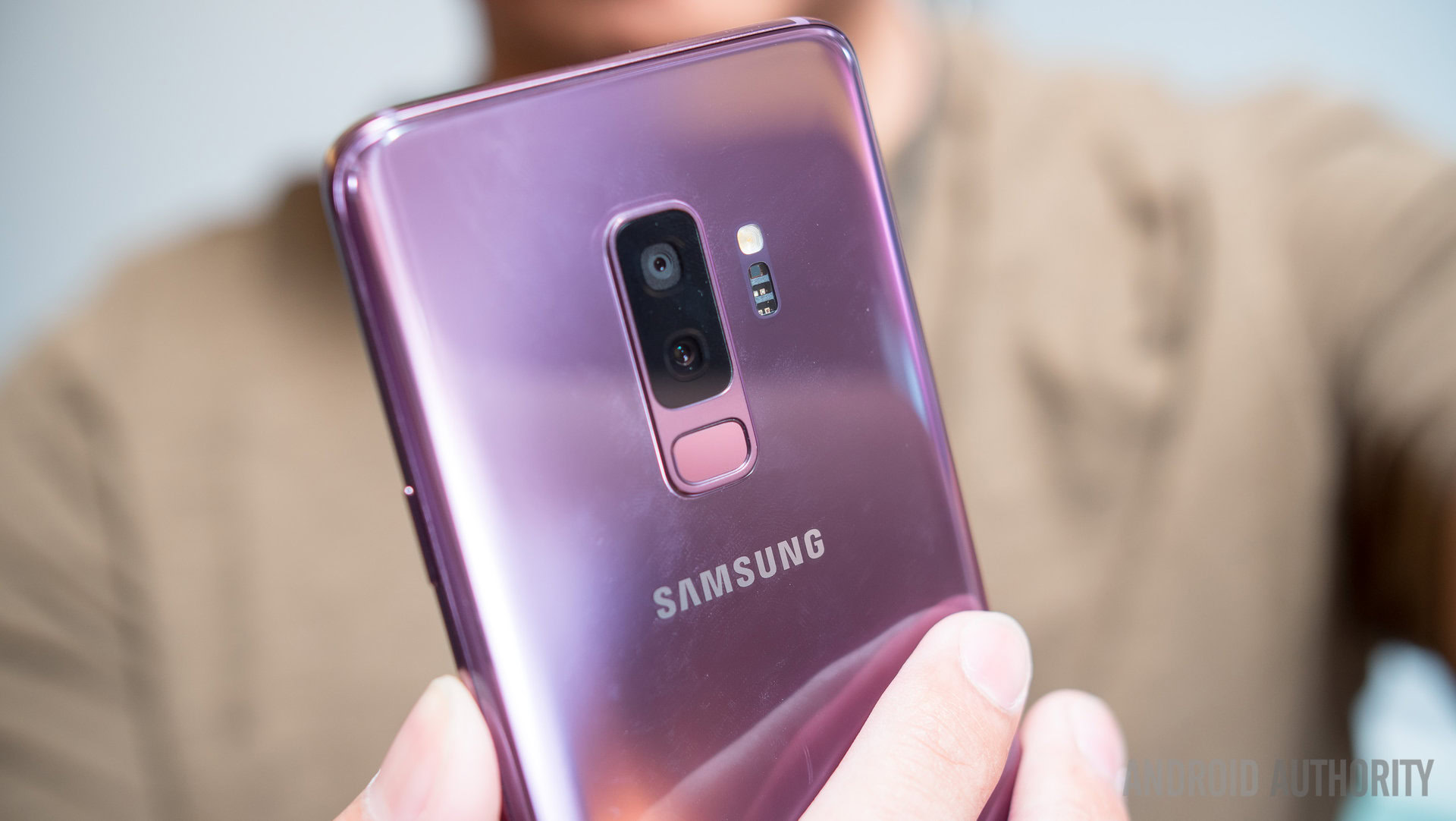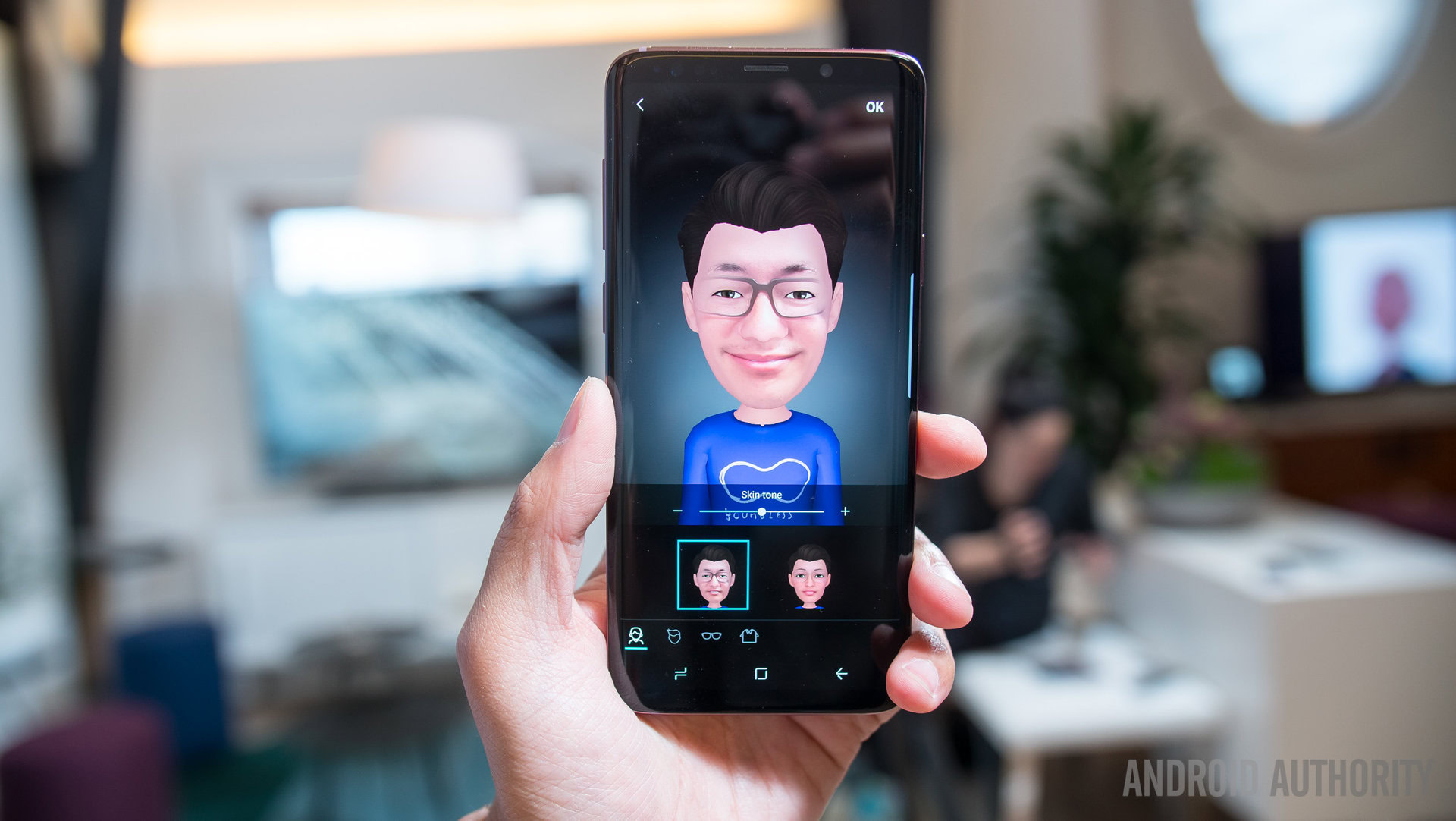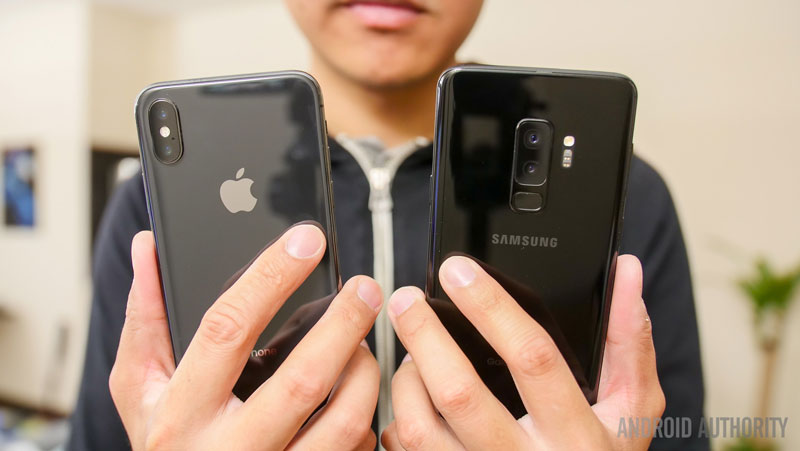Affiliate links on Android Authority may earn us a commission. Learn more.
Why do Samsung’s AR Emoji suck compared to Apple’s Animoji?

- The Samsung AR Emoji got a lot of press when the company announced the feature, but reactions have been lukewarm at best.
- AR Emoji aren’t as good as Apple’s Animoji due to a lack of camera sensors and Samsung’s thoughts on your attention span.
- Future AR Emoji programs will inevitably get better, but without better hardware they’ll never match Animoji,
When Samsung revealed that the Samsung Galaxy S9 would feature animated Emoji characters, the world groaned. Not only is the idea pretty trite in comparison to the other innovations Samsung could have focused on with its latest flagship, but it was a clear imitation of Apple’s recently announced Animoji feature for the iPhone X.
Read Next: Android emoji – everything you need to know
Still, the idea of animating an Emoji character using your own facial features is not altogether bad, and the function received a lot of initial press.

However, once people got ahold of the device and started playing around with AR Emoji, it was a world of disappointment. Our own review of the Galaxy S9 called AR Emoji “far from a polished product” and “pretty creepy.”
Why do AR Emoji suck so much, especially since Apple’s Animojis are so much better?
The answer is two-fold: the under-powered selfie camera on the Galaxy S9 and Samsung’s opinion on the length of your attention span.

AR Emoji’s Hollywood pedigree
According to a new CNET article, Samsung obtained the technology to create AR Emoji from a two-year-old startup called Loom.ai. The startup’s resume is quite impressive, with a clients list featuring Lucasfilm, DreamWorks, and Disney. The CTO and principal engineer of Loom.ai are each Oscar-winners in technical categories.
That kind of Hollywood pedigree is likely what made Loom.ai stand out to Samsung when it was searching for an Animoji competitor. Truth be told, the way AR Emoji work is not unlike how motion-capture works in major Hollywood films; it’s just incredibly watered down.

If you were to star in a major blockbuster as a mo-cap character, you would be filmed and photographed on million-dollar equipment with special makeup and clothing to make your character as lifelike as possible. The way AR Emoji (and Animoji) work is to use those same methods in an amateur way.
You can't make a great AR Emoji without a great set of sensors that the Galaxy S9 doesn't have.
Therefore, the difference in quality between the Samsung AR Emoji and the Apple Animoji partially comes down to hardware. To be blunt, the front-facing sensors on the iPhone X outrank the sensors on the Galaxy S9 on every level.
With the iPhone X and its facial scanning features, the phone can create a 3D rendering of your face. That rendering can then be molded into an Animoji, creating an adequate facsimile of you.
With the Galaxy S9 and its basic sensors, you can only create a 2D image of your face. That’s why AR Emoji don’t look much like the person and instead somewhat generic.
Samsung doesn’t think you can wait a few minutes
Going back to starring as a mo-cap character in a Hollywood movie, to create your character you would be shooting for hours just to get your basic facial features down. But with AR Emoji, the processing happens within seconds.

That’s because Samsung doesn’t think you’ll want to sit around for a few minutes to create your AR Emoji. If Samsung designed the process differently, the current core code that creates AR Emoji is capable of making more true-to-life images of your face; it would just take minutes instead of seconds. Samsung figured that you’d rather have a crappy AR Emoji in a few seconds than a decent AR Emoji in a few minutes.
If Samsung simply gave the AR Emoji software more time to work, AR Emoji could be so much better.
Thanks for the vote of confidence, Samsung.
The idea of rendering your face and facial movements onto an animated character is a new one, and no one should expect the first two tries to get it perfect. It’s likely that future competitors and new iterations of AR Emoji and Animoji will be more realistic and overall better than what we have now.
But if you wanted to know why AR Emoji suck compared to Animoji, now you know.
NEXT: Samsung design patent reveals a notch and we can already hear the screams